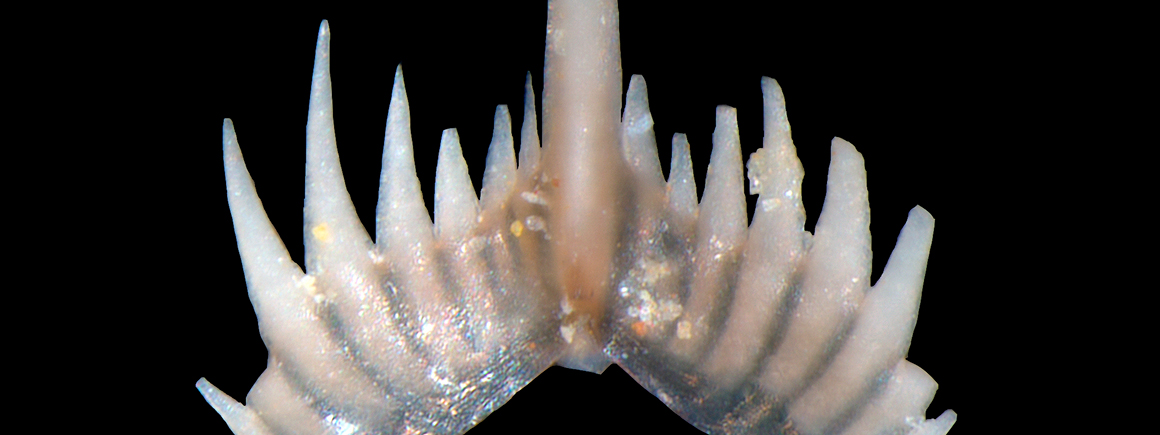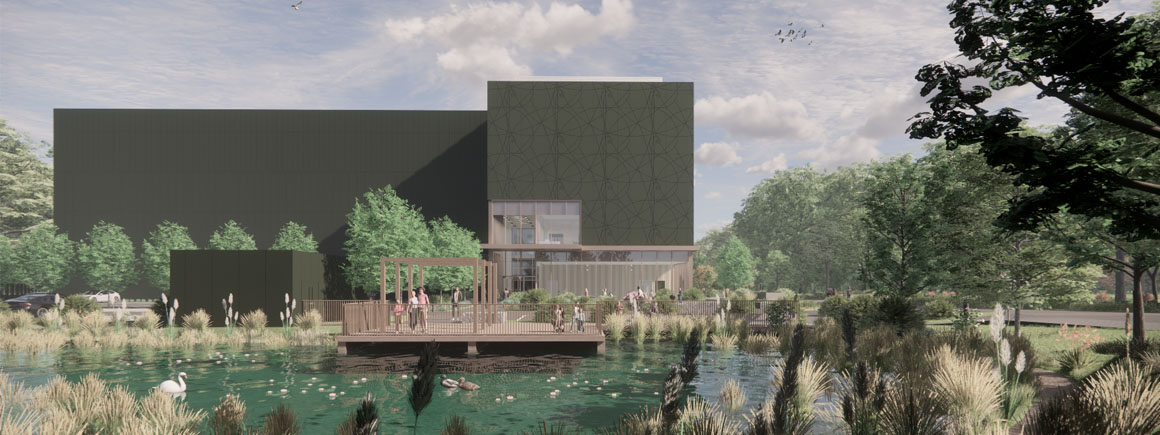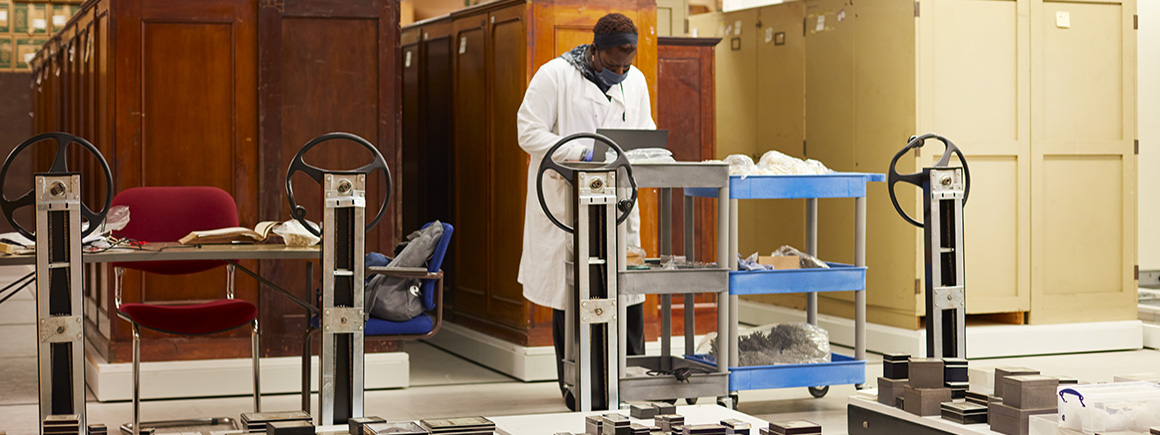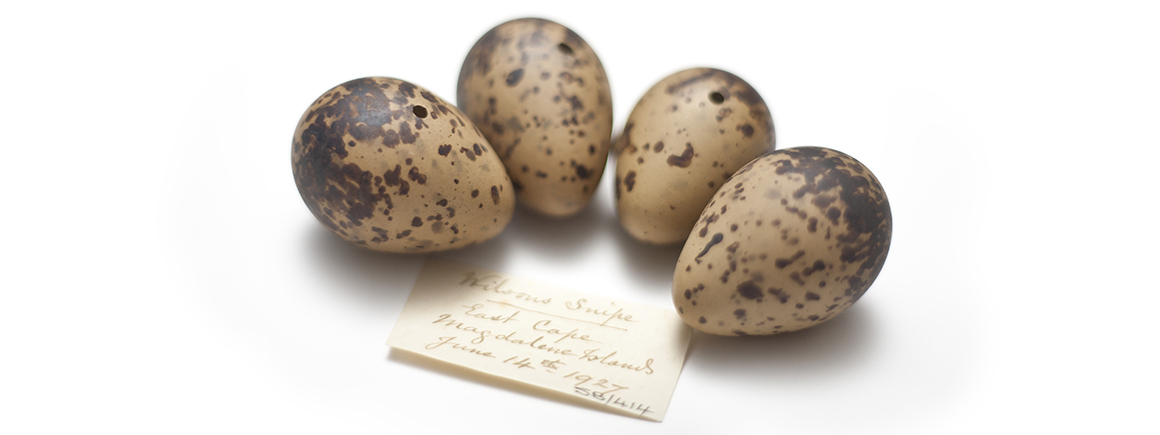Slides
5,000

Conodont fossil, Ozarkodina confluens
5,000
50,000+
The Museum’s collection of conodont microfossils is particularly strong in Carboniferous material.
The Museum curates a number of historically significant conodont collections:
The Cambrian, Permian and Triassic periods are currently under-represented.
The condondont collection is being digitised
If you would like to use any specimens for research
The majority of the collection is British, but we hold smaller sub-collections from Australia, Belgium, Belize, Brazil, Canada, China, the Czech Republic, France, Iran, Italy, Latvia, New Zealand, Oman, Saudi Arabia, Sweden and Turkey.

Access to some collections will be affected as we prepare for the move to our new collections, science and digitisation centre.

Scientists and collections management specialists can visit the collections and borrow specimens for research.

Our duty is to provide a safe and secure environment for all of our collections.